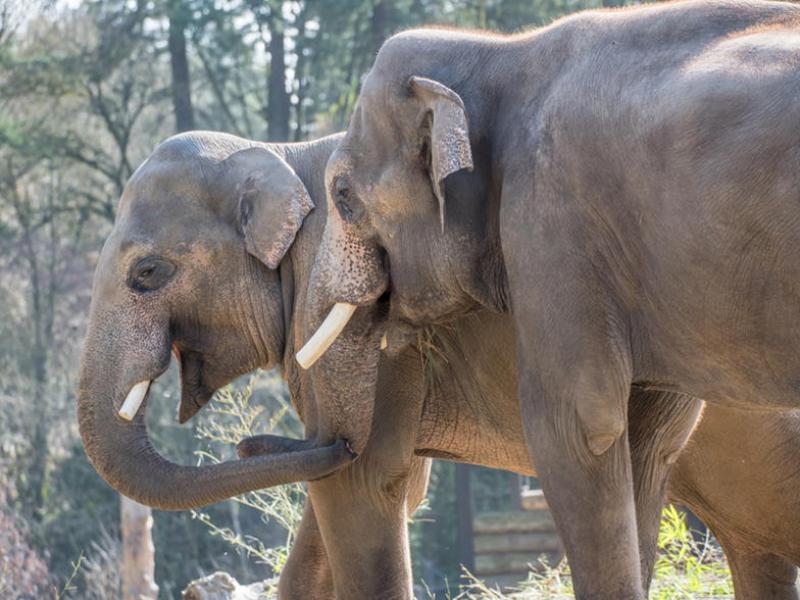
Domestic, or common, rabbits are native from Spain and Portugal south to North Africa. As early as Roman times, they began to be introduced elsewhere for food. They are now found throughout much of the planet, domesticated for food and as pets. Rabbits are herbivores.
How is a rabbit different from a hare?
- Rabbits are altricial (helpless, naked and blind when born). Hares are precocial (generally born with hair, able to see and move around).
- Rabbits live underground in warrens. Hares live in aboveground nests. (Cottontail rabbits are the exception: like hares, they live in aboveground nests.)
- Rabbits are generally smaller than hares, with shorter ears.
- Common rabbits have been domesticated for food or pets. Hares have not.
Rabbit lingo
- kits or kittens: young rabbits
- buck: a male
- doe: a female
- colony: a group of rabbits
- warren: a system of burrows dug by rabbits for shelter
Rabbit behavior and facts
- Wild rabbits eat grasses, clover, bark and grains.
- In the wild, foxes, ermines, ravens and owls are their predators. Badgers are another predator – they can even dig up rabbit warrens.
- Their defense is to run and hide.
- Incisor teeth grow throughout life; eyes on either side of the head provide a wild field of vision, an adaptation that helps rabbits detect predators.
From birth to death
- Estrous cycle: every 15 to 16 days
- Females are fertile within a few hours of giving birth; they can produce five to seven litters each year.
- Ovulation: stimulated by copulation
- Gestation: 30 days
- Kits: one to nine are born, naked, blind and deaf
- Lifespan: six to nine years, sometimes longer
Vital statistics
- Weight of various breeds varies greatly. One of the largest domestic rabbits weighs 50 pounds.
- Wild rabbits: 3 to 5 pounds.
Status
Breed specific depending on the domestic species.
Rabbits, the Oregon Zoo and you
The zoo's rabbits are part of its education programs. They eat rabbit chow, carrots, apples and lettuce.




